Description
Flexible packaging, Bags & Rollstock Films
Flexible packaging is a form of packaging made up of at least 2 different types of film and has outstanding advantages over single film packaging. The most commonly used films are: paper / plastic / aluminum. Laminated film bags have long been a standard in the packaging industry because they are suitable for all types of consumer products.
Flexible bags are also known by names such as: compound bags, laminated film packaging, compound film bags.
Composite membrane bags and main advantages:
- Better product protection. Giga Pack’s membrane lamination solution helps the product to keep the “integrity” as when it came out of the factory. Especially for food, will always keep the inherent flavor.
- Durability and penetration resistance, better wear resistance
- Suitable for a wide range of product lines, whether electronics, apparel or food, pharmaceuticals…
- Enhance aesthetics, improve product value and save costs
- Air resistance, odor retention, moisture, hardness, good printing support, solid heat sealing
Types of composite membrane bags:
| Composite membrane material | Structure | Nature | Application range |
| Laminated film OPP/CPP | 30% OPP (in addition to printing).
70% CPP has 30%PE (in). |
Mainly use folding packaging – bottom welding, 3-side seal. | Food: instant coffee, bread, garment, etc. Animal feed: high-grade bran,… |
| OPP/PE laminated film | 30% OPP (outside).
70% CPP has PE >70% (in). |
Can make bags of large thickness. | Packaging for dry food, confectionery, instant noodles |
| Laminated film PA/PE | PA (outside): 15 Mic.
PE (in): 30; 50; |
Composite membrane bags are usually strong, soft, and flexible | Packaging for rice, fertilizer, cement, animal feed |
| Laminated film OPP/MCPP | OPP (external): 30 Mic.
MCPP (in) |
compound membrane bags are usually transparent | Tea bags, coffee, Snack bags, peanuts,… |
| OPP/AL/PE . Laminated Film | OPP (outside)
AL (middle). PE (in). |
Tea bags, coffee, Pesticides, veterinary medicine | |
| PET/MPET/PE laminated film | PET (outside).
MPET (middle). PE (in) |
Tea bags, coffee, etc. Plant protection drugs, veterinary drugs. | |
| PET/AL/PE laminated film | PET (outside).
AL (middle). PE (in) |
Tea bags, coffee, etc. Plant protection drugs, veterinary drugs. Cosmetics, shampoo. |
Instructions for classifying packages and composite film bags
The smartest way to classify complex bags is by material, specifically:
- Plastic / plastic lamination film
- Composite film bags used for packaging instant noodles, confectionery, tea, coffee bags, usually made from BOPP/PE; PET/PE.
- Complex laminated film bags to make snack bags, or bags for soup powder, seasonings… are usually made from PET/PE, OPP/PE, PET/NPET, PET/CPP, OPP/CPP.
- ►Plastic/Metallic Lamination Film: A composite film bag made of plastic film and metal film (usually aluminum).
- ►For example: PET/PE/Al/PE, BOPP(PET)/Al/PE, commonly found in tea bags, instant coffee, powdered coffee, fast food.
- ►Plastic/Paper Lamination Film: Paper/PE/Aluminum/LDPE for dry food needs a film to prevent water vapor, gas and light. The outer layer is moisture resistant PE. The ink layer (cellopane) is easy to print. Paper layer: increase the rigidity of the packaging.
- ►Paper/aluminum laminated film: Because aluminum is laminated, it is easy to tear, so laminate the paper to increase the strength of aluminum. For example: common in SingGum candy, Chocolate candy, …
- ►Plastic / Paper / Aluminum Lamination Film: Aluminum film packaging is very durable and glossy, and it is also the type of packaging that keeps the scent of the product contained inside very well.

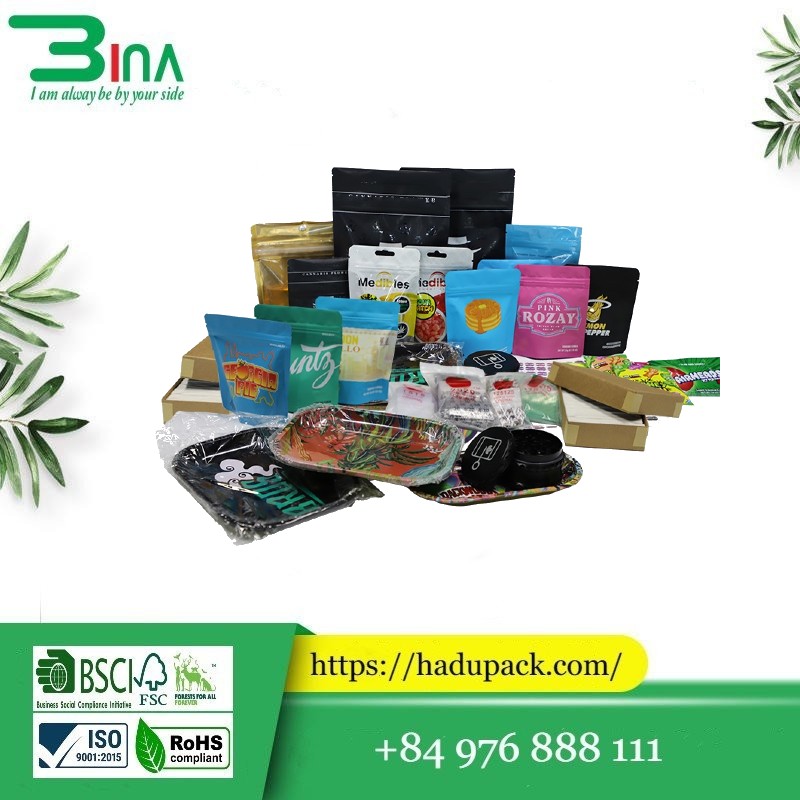
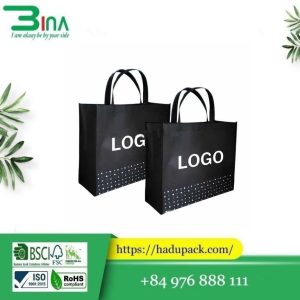
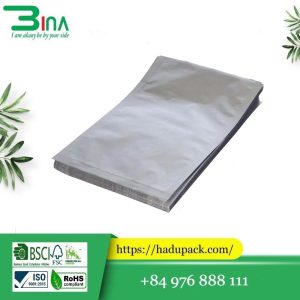
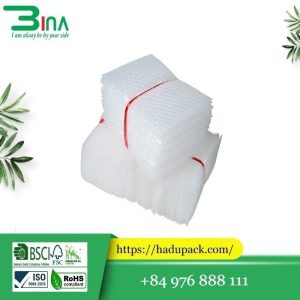

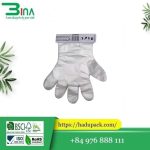
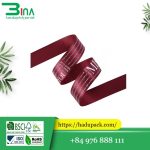
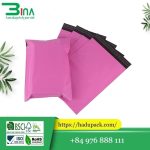
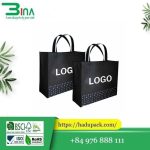
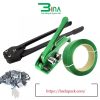
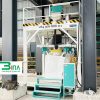

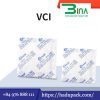
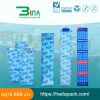
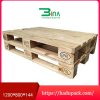
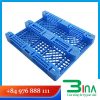

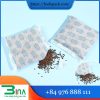
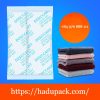
Reviews
There are no reviews yet.